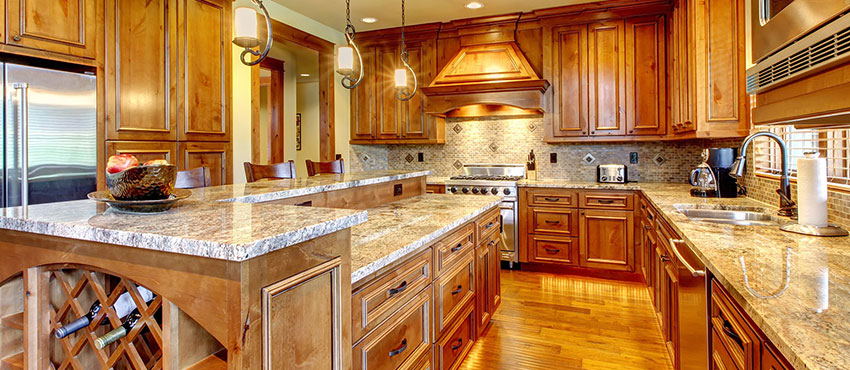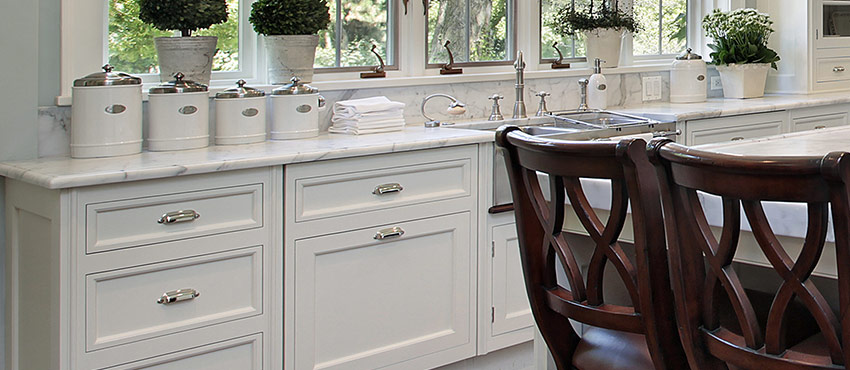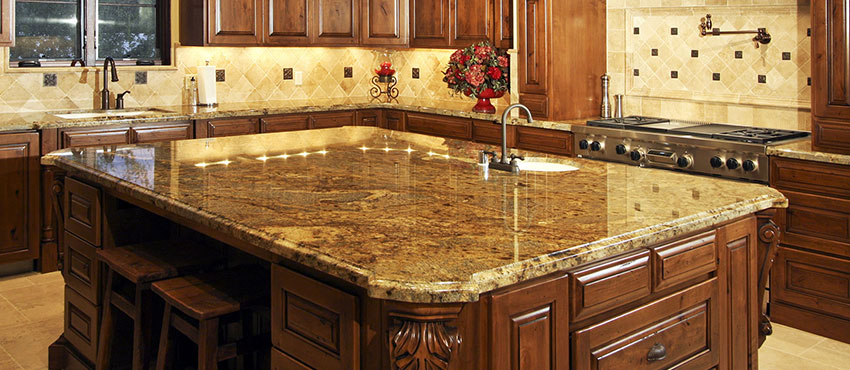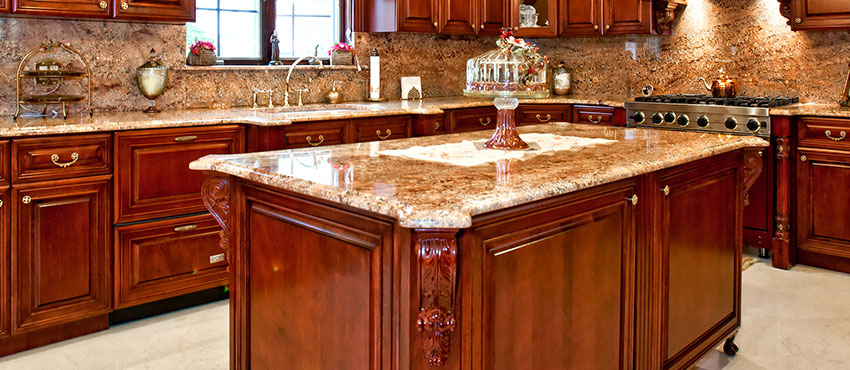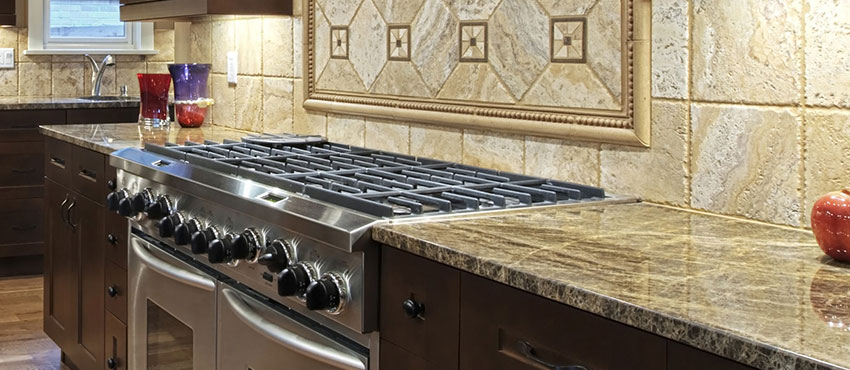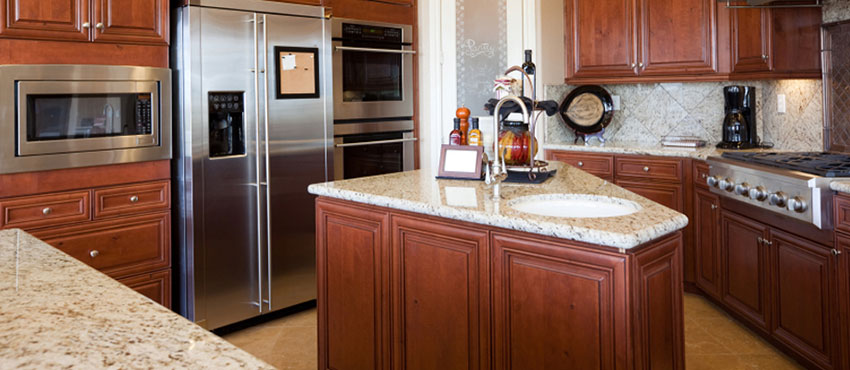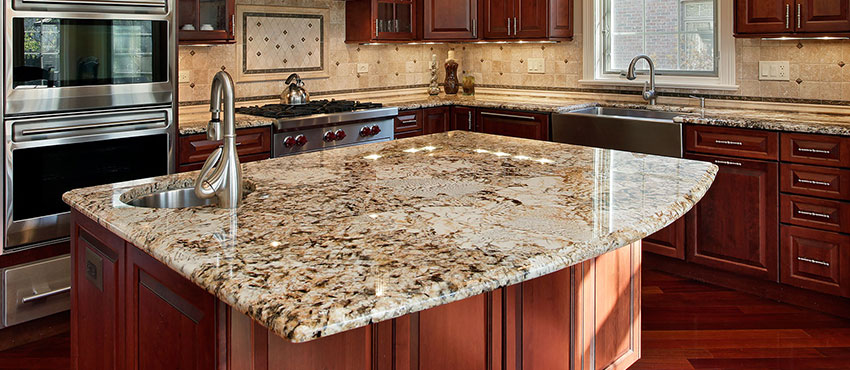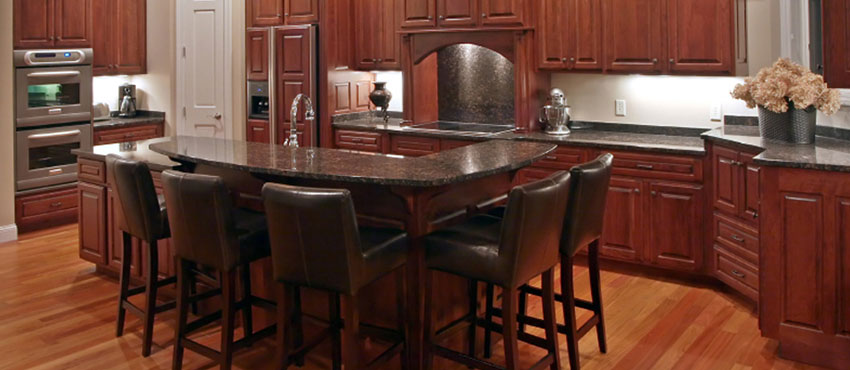Mar
What Is the Best Countertop for Your Money?
- 2021
- bruce
While every homeowner wants to revamp their home with new countertops, there is the issue of money. So you will often hear many homeowners asking, what is the best countertop for your money?
According to the National Kitchen and Bath Association, quartz countertops are the best to go for when looking for an affordable countertop material that will give you a long service.
Why quartz countertops are the best option
Also known as engineered stone, quartz is made from stone chunks mixed with resins and coloring. The material comes with plenty of benefits. One of the benefits is that it’s impervious to stains and excellently stands up to acidic foods without requiring any sealing.
Since it’s made from stone waste, it’s considered a greener choice, so if you are into conserving the environment, quartz is an excellent material to go for.
Quartz is also scratch and chip-resistant, so you don’t need to do much to keep it in top shape.
Years ago, homeowners used to throw shade on the countertops as they had patterns that were too uniform and consistent that they didn’t look like real stone. Currently, manufacturers are creating irregularities in their countertops, giving them a natural look.
If you visit many countertop stores, you will find countertops mimicking granite variegation and marble swirls.
The countertops come in plenty of composites such as Formica solid surfacing, Corian Quartz, and Silestone. It’s up to you to choose the ideal one, depending on your budget, the look you want, and the design of your kitchen or bathroom.
To get the most from the countertops, ensure an expert installs them. While the countertops don’t require much care, you still have to pay attention to them. For example, you should wipe them regularly to clean any dirt that might be present.
While they are stain-resistant, they aren’t stain-proof, so you should make a habit to clean the spills as soon as they happen.
The countertops are tough, but you shouldn’t place hot items directly on them as the surfaces aren’t heatproof.
Other countertop options
If you don’t want quartz, there are plenty of other kitchen countertop options you can go with. They include:
Granite countertops
Once only seen in the homes of people of means, granite is one of the most popular countertop materials you can install in your kitchen or bathroom. And no, you don’t need to have a lot of money to install it.
Granite comes in a multitude of colors, such as mottled white, vibrant blue, variegated brown, deep red, and many others.
Like quartz, granite is durable and highly resistant to heat. Its major downfall is it’s porous, so it requires some sealing to prevent it from staining.
Marble countertops
Marble countertops don’t come cheap, so you should be ready to part with a substantial amount to afford them. Marble is popular in kitchens as it has naturally cool temperatures. It’s also heat resistant and stands up well to hot pans and pots.
Its major downside is that, like granite, you have to seal it to prevent it from staining.
Laminate
Popularly known as Formica, laminate is an assortment of fiberglass, paper, wood, and plastics, making it extremely affordable. Laminate comes in a wide range of sizes, colors, designs, and shapes to choose from. One of the most unique attributes of the material is that it comes with a sealant layer resistant to heat, water, and scratch.
At the time of purchase, you buy it as one large piece of sheet, so you don’t have to deal or worry about seams. When it comes to installation, you can easily install it if you are a dab hand at DIY projects. Cleaning it is also easy as all you need is to wipe it with a soft cloth and detergent.
What should you consider when buying kitchen countertops?
Whether you are looking to buy granite, quartz kitchen countertops, or any other countertop material, you should consider plenty of factors. Some of the factors to consider include: color and design, size and shape of the material, durability, and ease of maintenance, cost of buying and installing the countertops, among many other things.


